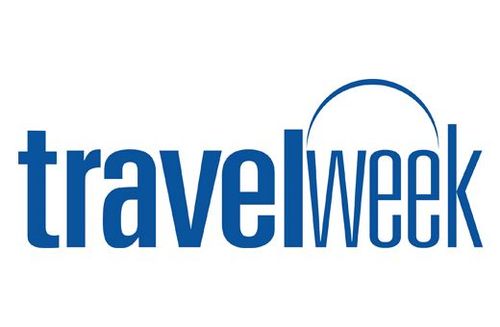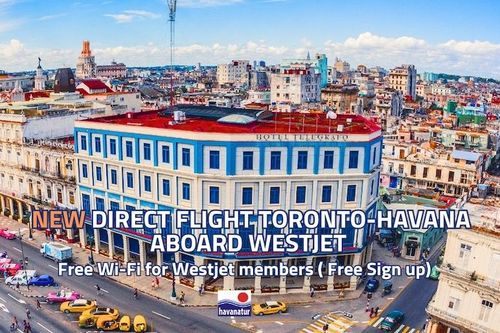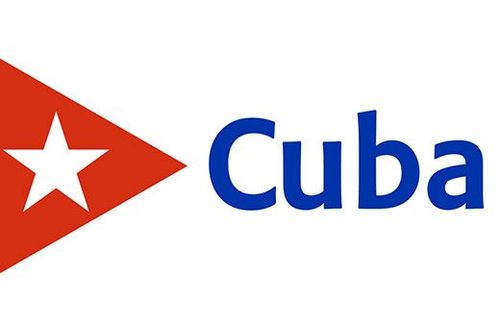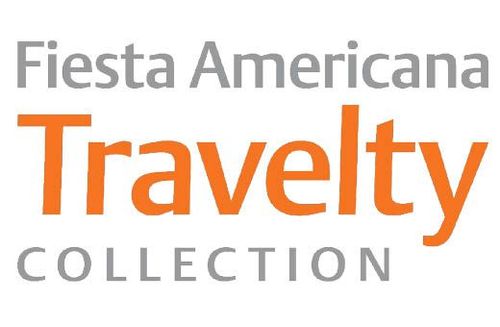Where travel agents earn, learn and save!
News / Will Japan’s new two-tier pricing system impact bookings? Tour operators weigh in
Japan is preparing for a new era in tourism management with the gradual rollout of a two-tier pricing system that will see tourists paying more than locals at select attractions
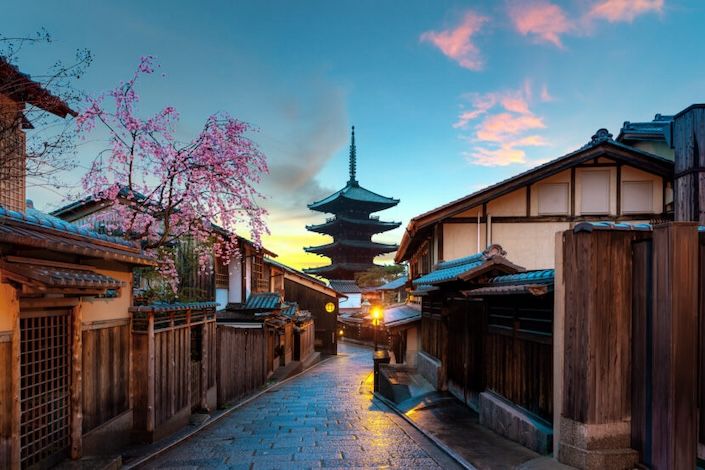
Japan is preparing for a new era in tourism management with the gradual rollout of a two-tier pricing system that will see tourists paying more than locals at select attractions.
While dual pricing is common in many global destinations, it marks a notable shift for Japan, which has traditionally offered uniform access to its cultural sites.
According to Priscilla Portsmouth, Senior Assistant Manager at the Japan National Tourism Organization’s Toronto office, this change comes in response to a record-breaking tourism boom. “From January to June 2025, there were 21,518,100 visitors to Japan, a 21 percent increase compared to the same period in 2024,” she says. “Last year ended with a record-breaking 36,870,148 visitors, and we are expecting to surpass that number this year.”
Canadian visitation is following a similar trajectory. “January to June 2025 brought in 335,400 Canadians, up 23 percent from 2024. At the end of last year, we closed with a record 579,445 Canadian visitors, up 36 percent from 2023,” Portsmouth notes. She credits favourable exchange rates, increased airlift from multiple Canadian cities, and the strong influence of return travellers for driving growth.
But with the surge in arrivals has come growing concern over overtourism, particularly in heavily trafficked cities like Kyoto and Tokyo. “Kyoto has always been a huge draw for both international and domestic tourism,” says Portsmouth. “It’s a small city and lacks the space and infrastructure of a megacity like Tokyo, so it’s difficult to deal with the congestion. That said, overtourism is by no means an issue across the entire country. Many areas remain peaceful and uncrowded.”
New System, Local Control
Japan’s dual pricing strategy is not a government-mandated, nationwide initiative but rather a series of localized decisions by individual attractions, adds Portsmouth. “Some may be using it as a means of decreasing the number of tourists. Others, like Himeji Castle, are historic sites that intend to put the added revenue towards repairs and maintenance,” she says.
Because it’s not centrally coordinated, the implementation varies widely. For instance, Junglia Okinawa, a theme park that opened this summer, has already adopted two-tier pricing. Meanwhile, Himeji Castle is expected to begin its tourist-specific pricing in March 2026. “If more attractions join in, we may see a shift in tourist behaviour, but currently I would say there is minimal impact,” she adds.
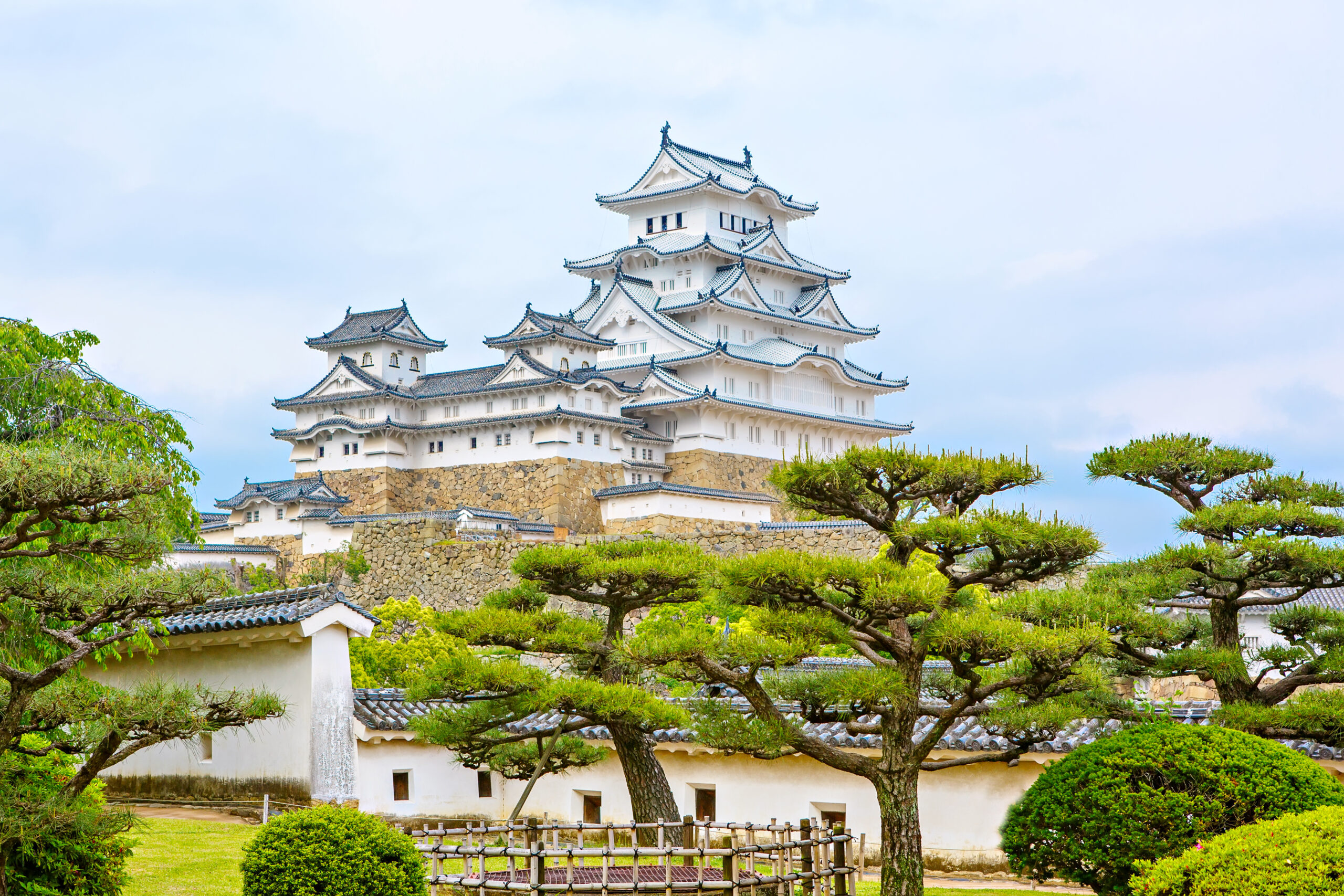
Himeji Castle, Himeji, Japan
Portsmouth acknowledges the potential for backlash but urges travellers to keep things in perspective. “Admission at many of Japan’s historic locations is very low or sometimes even free. Himeji Castle’s regular adult admission is JPY 1,000 – about $10. Even with a 150 percent increase, tourists are still paying under $25, well below what many attractions in Canada would cost. And there are plenty of great alternatives available where the price hasn’t changed at all.”
Cautious Yet Optimistic
For tour operators, the impact of Japan’s new pricing model is expected to be relatively modest –at least for now.
Kenny Onishi, General Manager for Japan at Intrepid Travel, says the company anticipates only “a modest impact” on overall tour prices. “While some of our itineraries include iconic attractions that may be impacted, our trips are designed to balance these highlights with lesser known, culturally rich regions. We’re closely monitoring how the policy is being implemented and will continue to be transparent with our travellers.”
Intrepid has taken proactive steps to shift focus toward less-travelled areas, including launching a new itinerary in Northern Japan and Hokkaido that explores destinations “off the Golden Route” (Tokyo–Kyoto–Osaka). The company has also rolled out time-sensitive incentives, including its annual World Sale running through Aug. 31 with up to 20 percent off select 2025 departures.
Moira Smith, VP Asia at Goway, echoes a similar sentiment. “For FIT bookings, we pass through the modest US$10–30 per attraction increases, which represents less than one percent of Goway’s average Japan booking. For our signature small group tours like Japan Odyssey, we absorb these costs entirely,” she says.
Stephanie Brooks, Vice President of Product and Operations for the Globus family of brands, says the company’s pricing structure offers guests protection against these changes. “Our guests enjoy peace of mind knowing our tour prices are fixed. Any changes implemented by destinations, like Japan’s dual pricing system, don’t impact our guests.”
Globus has also leaned into off-season travel as a strategy to help mitigate crowding while offering high value. “We recently launched an off-season Japan Escape, inviting travellers to experience the country’s magic in late fall and winter,” Brooks adds.
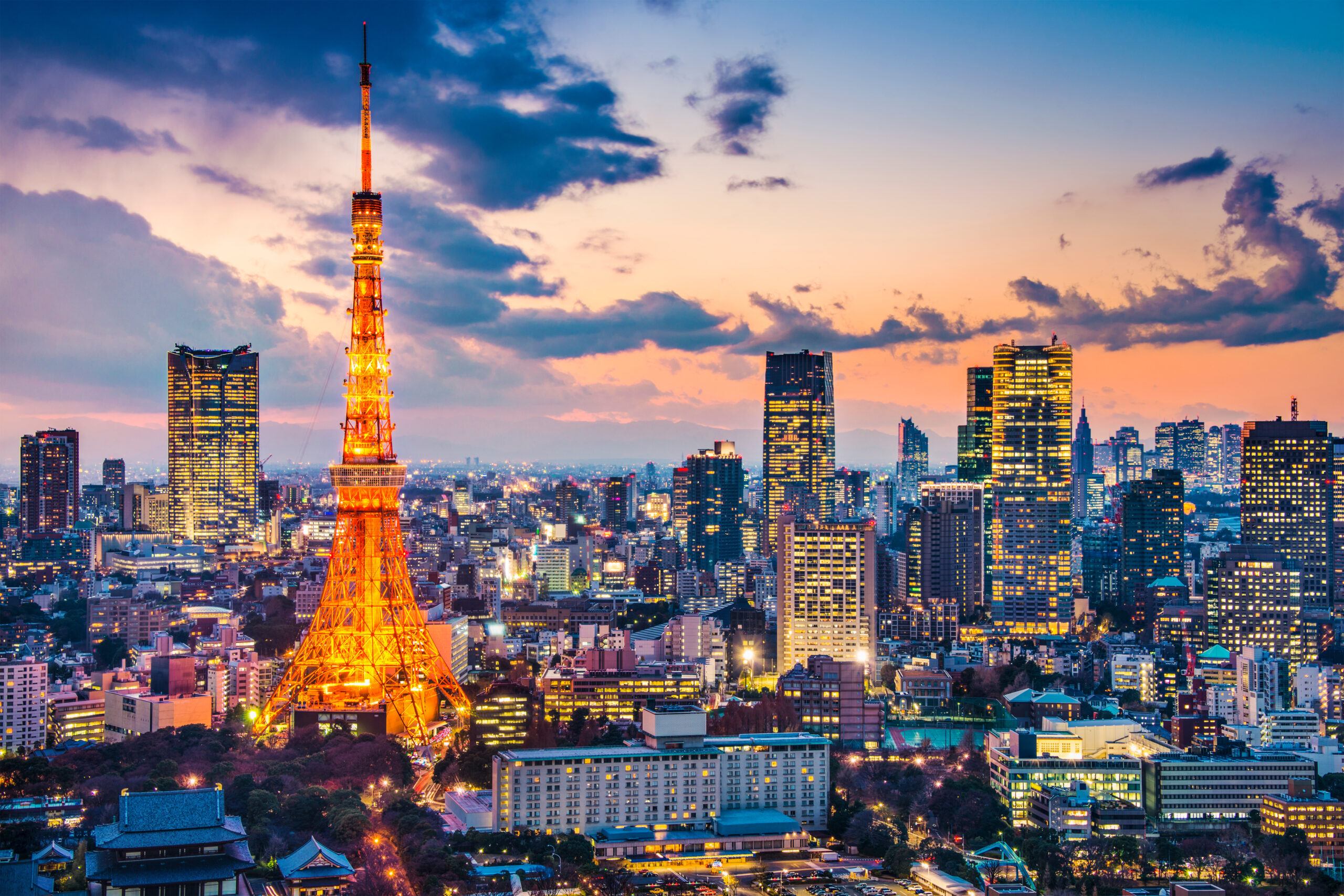
Tokyo, Japan
Minimal Impact
None of the operators Travelweek reached out to expect the new pricing system to meaningfully impact demand.
“Japan remains exceptional value for the experience it delivers,” says Goway’s Smith. “This dual pricing system is part of Japan’s thoughtful approach to sustainable tourism – protecting iconic sites while managing crowds and preserving these treasures for future generations. Frankly, the modest increases are negligible compared to the overall trip investment.”
Brooks adds that Globus and Cosmos guests might actually see an upside. “With the new dual pricing system aimed at alleviating crowds, they may actually enjoy fewer people at key attractions,” she says.
Though Onishi of Intrepid doesn’t expect a significant drop in demand for Japan, he does foresee a shift in traveller behaviour. Those on a budget may opt for shorter trips or reconsider altogether, he says, but for the most part, Japan will remain a bucket-list destination. “If the criteria are clear – based on residency rather than appearance or language – and the added fees are tied to tangible benefits like cultural preservation or crowd management, most travellers will understand and accept the changes.”
Stay Informed
Despite the uncertainty around the full rollout of the new pricing system, the message from both the tourism board and tour operators is clear: Japan continues to offer outstanding value and unforgettable experiences.
Portsmouth urges agents to help spread the word about Japan’s lesser-known destinations and encourage off-the-beaten-path exploration, which is easy to do thanks to the country’s world-renowned infrastructure. “With public transportation as extensive and convenient as it is, it couldn’t be simpler to take the road less travelled.”
She also encourages travel advisors to stay informed via the Japan National Tourism Organization’s What’s New page and newsletter where they can learn about hidden gems beyond the Golden Route. “While we’re delighted that tourists from around the world are flocking to Japan to discover its many charms, we want to avoid a situation where travellers come back unhappy with their experience. So, we encourage everyone to get off the beaten path – Japan is full of unique attractions everywhere you look.”
For more information, go to japan.travel/en/ca/news/.
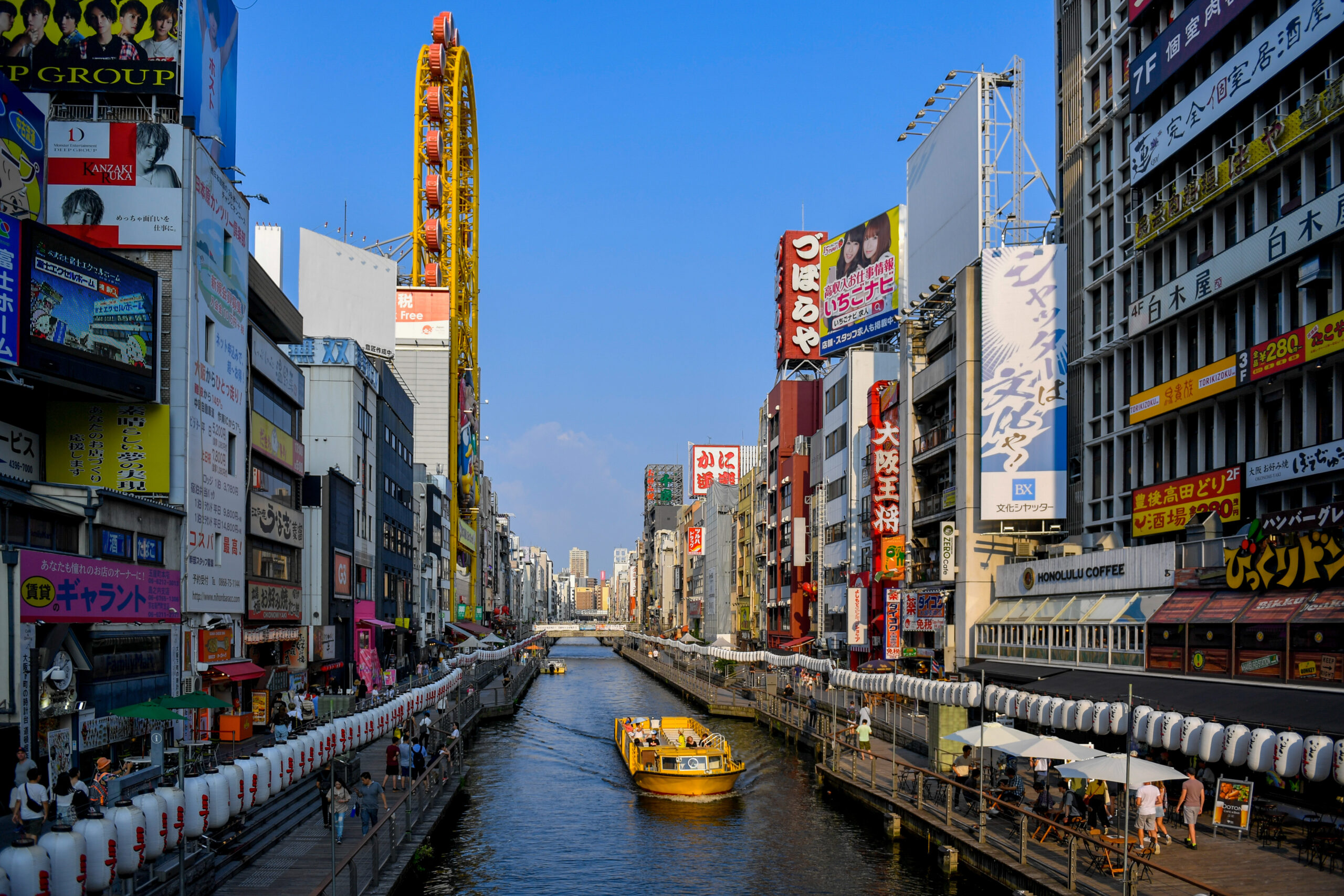
Osaka, Japan



